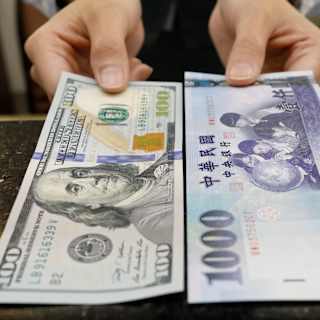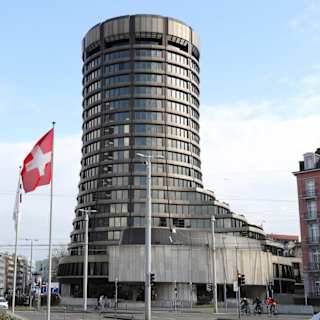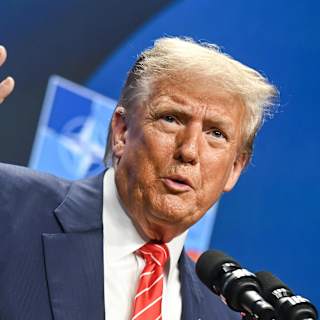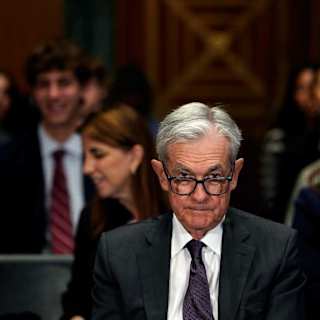- Survey Data Shows Historic Shift
- Geopolitical Factors Drive Diversification
- Historical Context and Momentum
Central banks worldwide are accelerating their shift away from U.S. dollar reserves toward gold, the euro, and China's yuan as geopolitical tensions and trade disruptions reshape global finance.
A record 95% of central banks expect global gold reserves to increase over the next year, according to a survey released Tuesday by the World Gold Council, while 73% project a decline in dollar holdings within their reserves over the next five years. The findings reflect growing uncertainty about American economic policy following President Donald Trump's April tariffs that triggered market volatility.
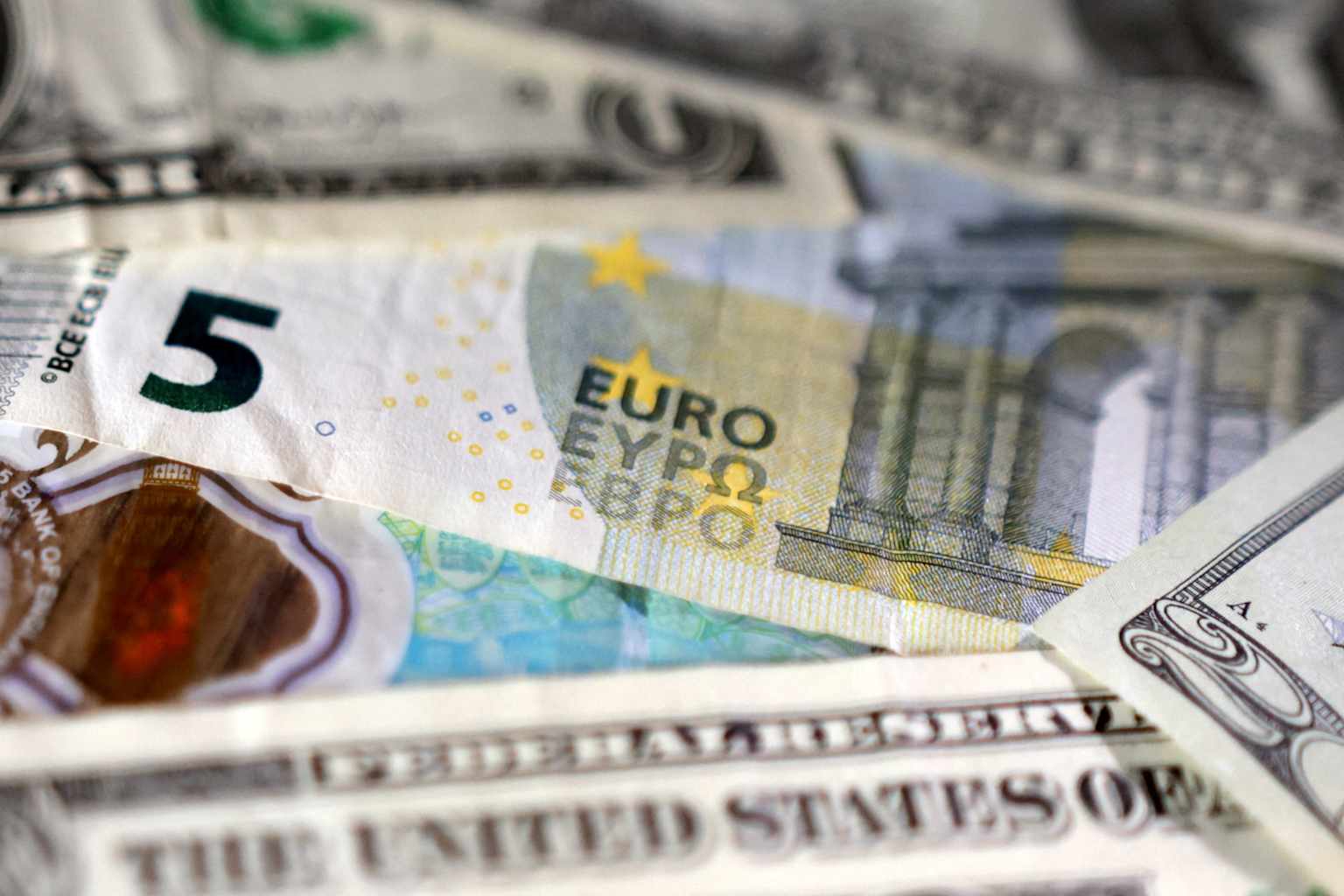
The World Gold Council's 2025 Central Bank Gold Reserves survey, which collected responses from 73 central banks, found that 43% plan to add to their own gold reserves within the next year — the highest percentage since tracking began1. The survey's 95% consensus on global gold accumulation represents a 17 percentage point increase from 2024 findings1.
A separate report by the Official Monetary and Financial Institutions Forum found that one-third of 75 central banks managing $5 trillion plan to increase gold exposure over the next two years, the highest intention in at least five years23. The dollar, previously the most favored currency in last year's survey, dropped to seventh position this year3.
Central banks cited inflation concerns and geopolitical risk as primary motivations for gold purchases, with emerging market institutions leading the trend12. According to the OMFIF survey, 70% of respondents said the current U.S. political climate was deterring them from investing in the dollar, more than double compared to the previous year3.
"The uncertainty stemming from the tariffs implemented and committed by the USA regarding trade policies in the recent period may reduce the interest in USD and USD-denominated assets as a reserve currency," one anonymous central bank told the World Gold Council2.
Gold has already surpassed the euro as the second-largest reserve asset behind the dollar, according to the European Central Bank. The precious metal comprised about 20% of global official reserves at the end of 2024, compared to the euro's 16%4.
Central banks have purchased over 1,000 tonnes of gold annually for three consecutive years — double the average of the previous decade1. Global central bank holdings now total 36,000 tonnes, approaching the historic peak of 38,000 tonnes reached in the mid-1960s during the Bretton Woods era2.
The dollar's share of global reserves has declined steadily from 72% in 2002 to 57.8% by the end of 20243. Emerging market central banks show particular enthusiasm for diversification, with 48% of developing economy respondents expecting their gold reserves to increase, compared to 21% from advanced economies4.
